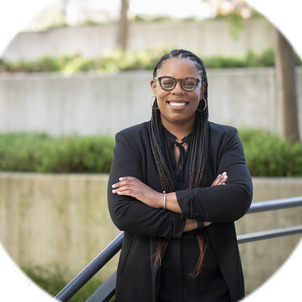— like new polymerizations in liquid and supercritical carbon dioxide, making nanoparticles for medicine, and inventing a new 3D printing technology. The thread that ties them all together, though, is that they all involve designing new polymer materials.
I’ve always viewed polymer engineering as a kind of toolbox: We create novel chemical processes and use them to help people solve real-world problems. Doing that successfully requires making a lot of connections between fields that are really disparate, and approaching problems from an angle that no one else has considered.
Believe it or not, I get a lot of my inspiration from reading patents. A lot of people think patents stifle innovation, but I’m totally not in that camp. Understanding how people articulate or describe their ideas is really fascinating, and I often see flaws, or limits, or things inventors haven’t thought about when I read patents. You start to realize that maybe they were thinking about something the wrong way, or approaching it myopically through the lens of a single discipline or approach. That’s the opposite of how I work — I like to play in areas where nobody else is playing.
Now that I’m at Stanford, I want to make those sorts of interdisciplinary connections on a large scale. I want to pull the School of Engineering even closer to the School of Medicine, and work on creating innovative drug delivery systems. Stanford is a powerhouse when it comes to making new technology for early detection and diagnosis of disease, and there’s a huge opportunity for growth in drug delivery.
Vaccines, for instance, are one area where Stanford could really shine into the future. Normally, you just shoot a vaccine into the muscle of the arm, but may get something like 50 times more antibody response if you can inject it directly into the skin, which is packed with immune cells. At the moment, my lab is developing microneedles that can deliver vaccines into the skin in a pain-free way, so patients can self-administer them. The approach could make vaccines much more accessible, and might help eradicate diseases like measles — we just have to make the right connections in order to get there.
Related spotlights

Lara Weed

Sebastian Fernández

